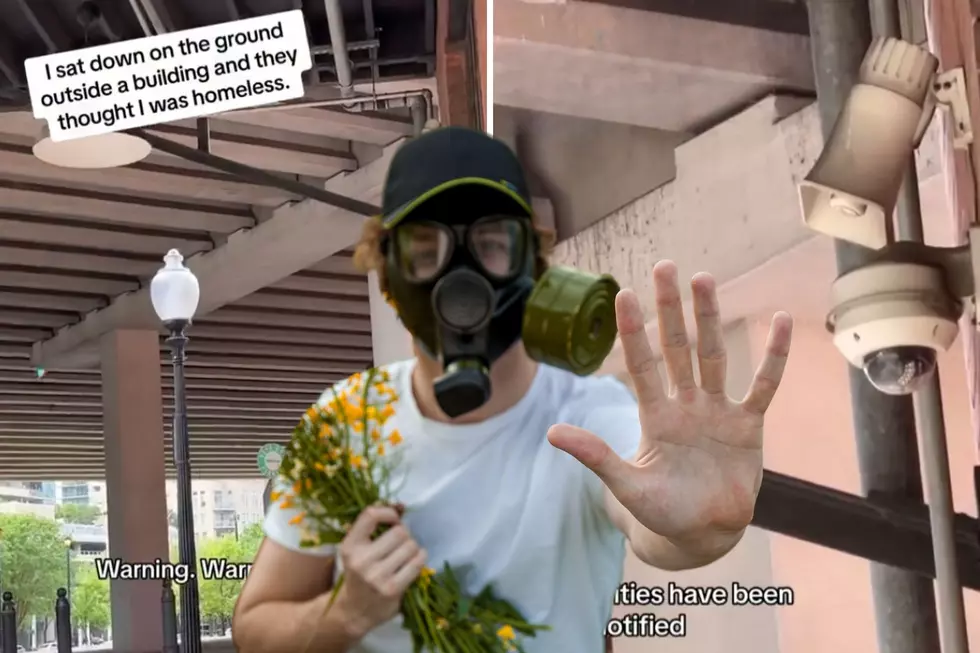
North Texas Ranchers Forced to Slash Herds, Meat Prices Soar!
The challenges faced by ranchers in North Texas and across the United States are immense.
Years of widespread drought, coupled with the rising costs of raising cattle, have pushed many to manage smaller herds.

According to the U.S. Department of Agriculture, beef production is expected to decline by a staggering 24.7 billion pounds, reaching a historic low. Unfortunately, this means that consumers should brace themselves for higher beef prices at their local grocery stores.
Relentless Drought
One of the primary culprits behind this reduction in cattle numbers is the relentless drought. Last year, almost the entire western half of the country grappled with drought conditions, as reported by the University of Nebraska's U.S. drought monitor. This year, the majority of Texas is once again suffering from abnormally dry to exceptionally severe drought conditions, compounding the struggles faced by ranchers.
David Anderson, a professor of agricultural economics and extension economist at Texas A&M University AgriLife Extension, explains that these drought conditions have compelled ranchers, both in Texas and across the nation, to reduce their cattle herds. It's a simple equation: without rain, there's no grass, and without grass, you can't support as many cows.
Economic Conditions
Economic conditions have also played a significant role in this crisis. High fertilizer prices and lower selling prices during the pandemic have made it financially challenging for ranchers to sustain their herds. These factors have inevitably affected sale prices. The average price of steak across various cuts in August was $7.65 per pound, as reported by the Bureau of Labor Statistics. Although it's slightly down from the all-time high in July, consumers should expect prices to remain elevated.
Kimberly Irwin, co-owner of Decatur Livestock Market LLC, has witnessed the impact firsthand. Every week, they've been experiencing higher cattle sales than usual. While a typical sale would involve around 1,200 head of cattle, they're now regularly seeing up to 2,200. It's not just the lack of green grass that's driving ranchers to sell; the availability of water is also a critical concern. Groundwater tanks started drying up last year and never recovered. This summer, many ranchers' already depleted wells ran dry. Some initially sold their older cows, hoping to maintain a young herd for the future, but now, even young calves are being sold just to make ends meet.
For someone like Irwin, who has been running the market for 20 years, this drought feels different. "I haven't seen it last this long... because it's two summers in a row," she laments. "It's been real bad. It's been bad before, but then we recover by the next spring."
Higher Prices for Consumers
The reduced supply of cattle means that ranchers are getting paid more, but it's also leading to higher prices for consumers. Juan Alfonso Ramos, CEO and owner of Fort Worth Meat Packers, confirms this trend. His family owns a ranching company that operates across Texas, Oklahoma, New Mexico, and Mexico. While they haven't had to sell their cattle, they aren't expanding their operations either. Although they've had some rain in their area, relieving some of the pressure, driving across West Texas, New Mexico, and Oklahoma reveals that most places remain parched.
Ramos points out that the longer it takes to replenish herds, the longer consumers will have to bear the burden of higher prices. He explains, "If we don't have heifers turning into cows, to then have calves and further regrow the herd, it's going to continue to be a very difficult situation for the live cattle herd to regrow. And that's going to continue to put upward pressure on cattle prices... and meat prices for the consumer."
In these trying times, it's essential to empathize with the challenges faced by ranchers. Their dedication to their livelihoods and the well-being of their animals is evident, even in the face of such daunting obstacles. As consumers, we may need to adjust to higher prices, but let's not forget the resilience and hard work of those who put food on our tables.
U.S. Cities With the Most Bugs, Texas Has 3 of the Top 5
Gallery Credit: Billy Jenkins
LOOK! These 15 Kids From Texas Went Missing In September
Gallery Credit: Chad Hasty
13 Fun Attractions That are Free to Visit in Texas
Gallery Credit: Billy Jenkins
More From 102.3 The Bull









